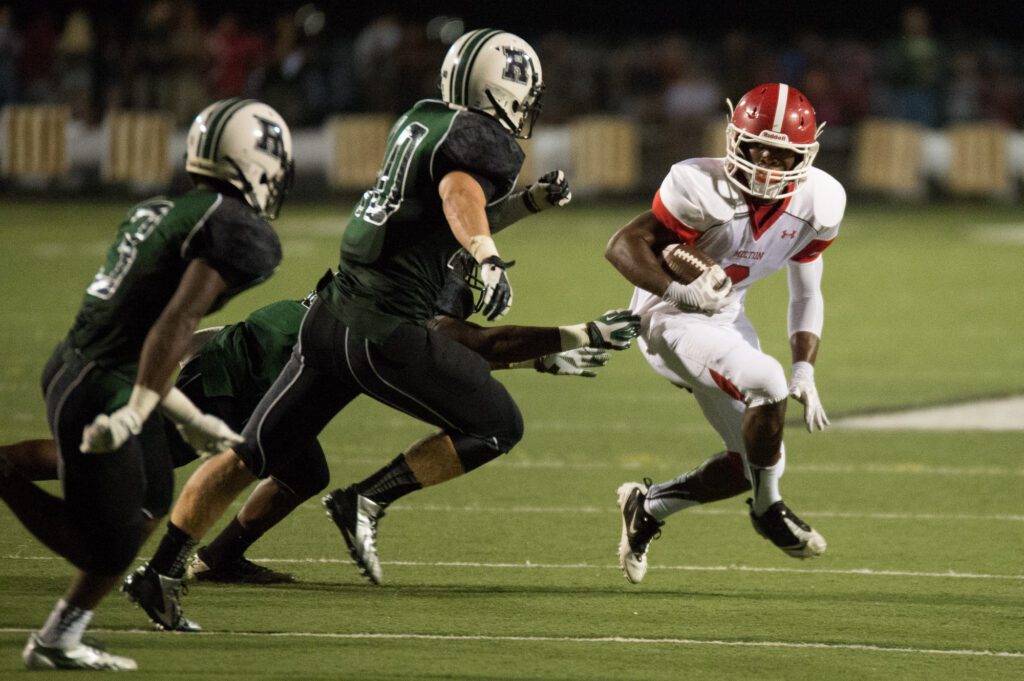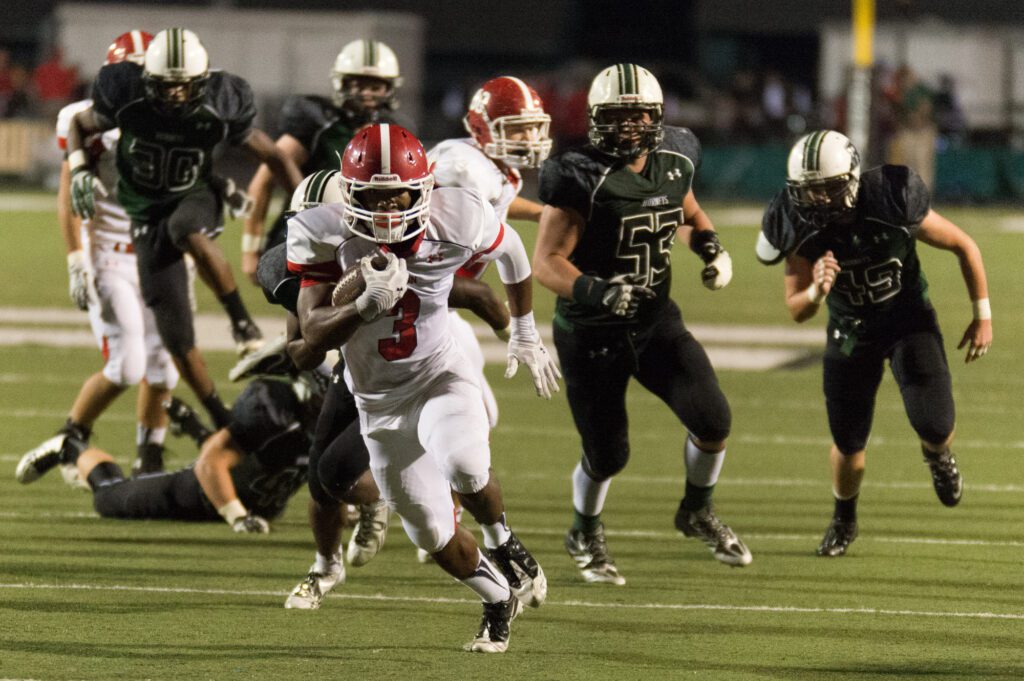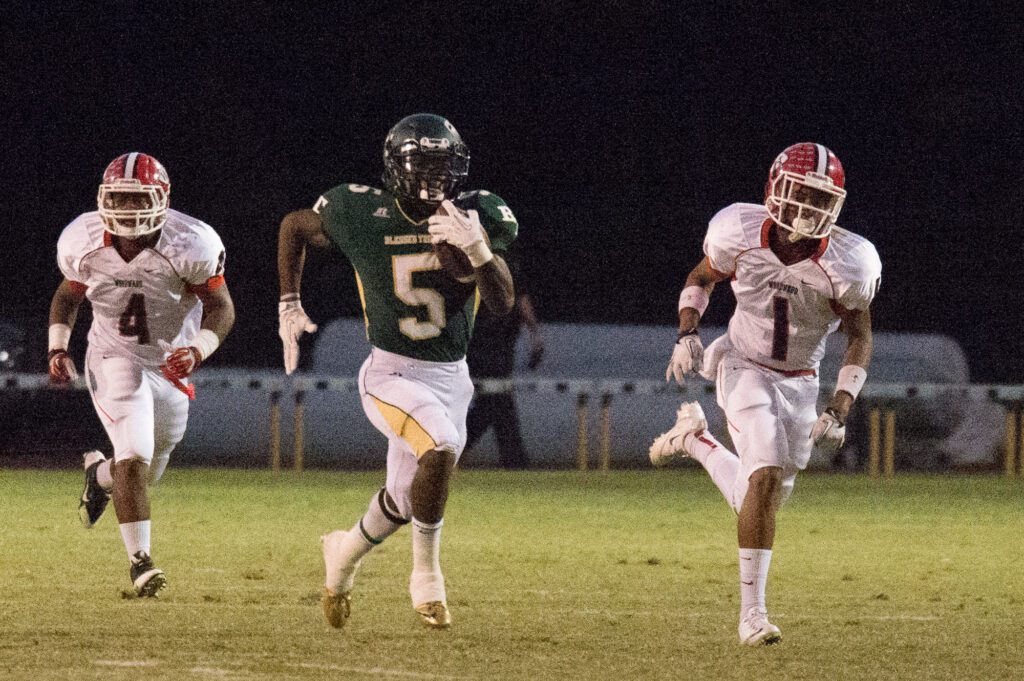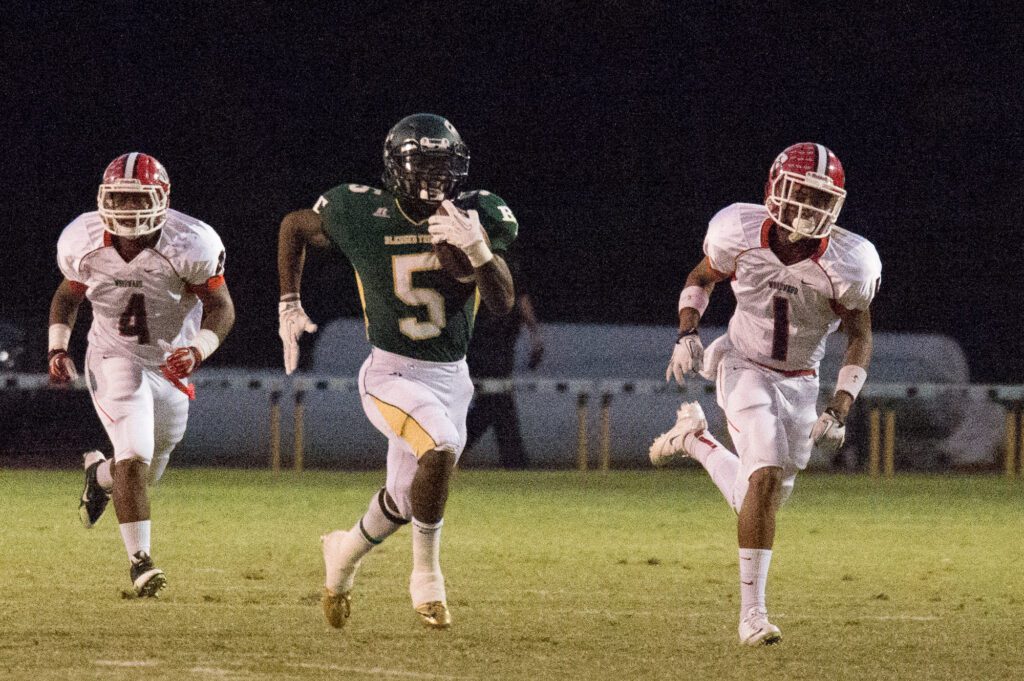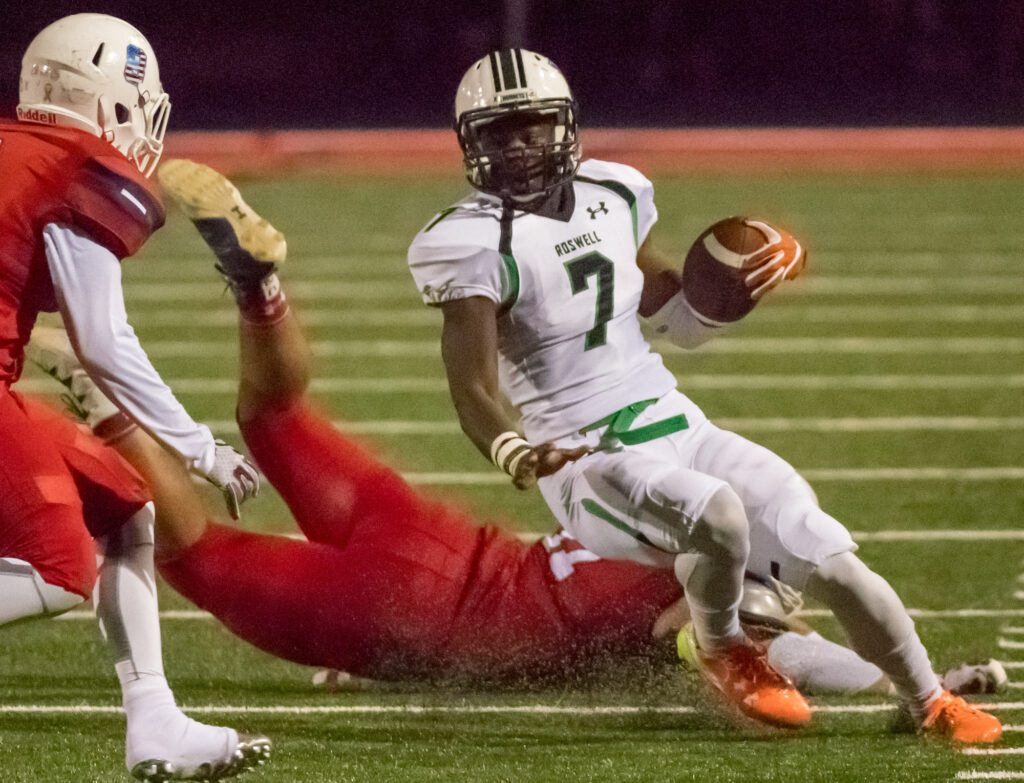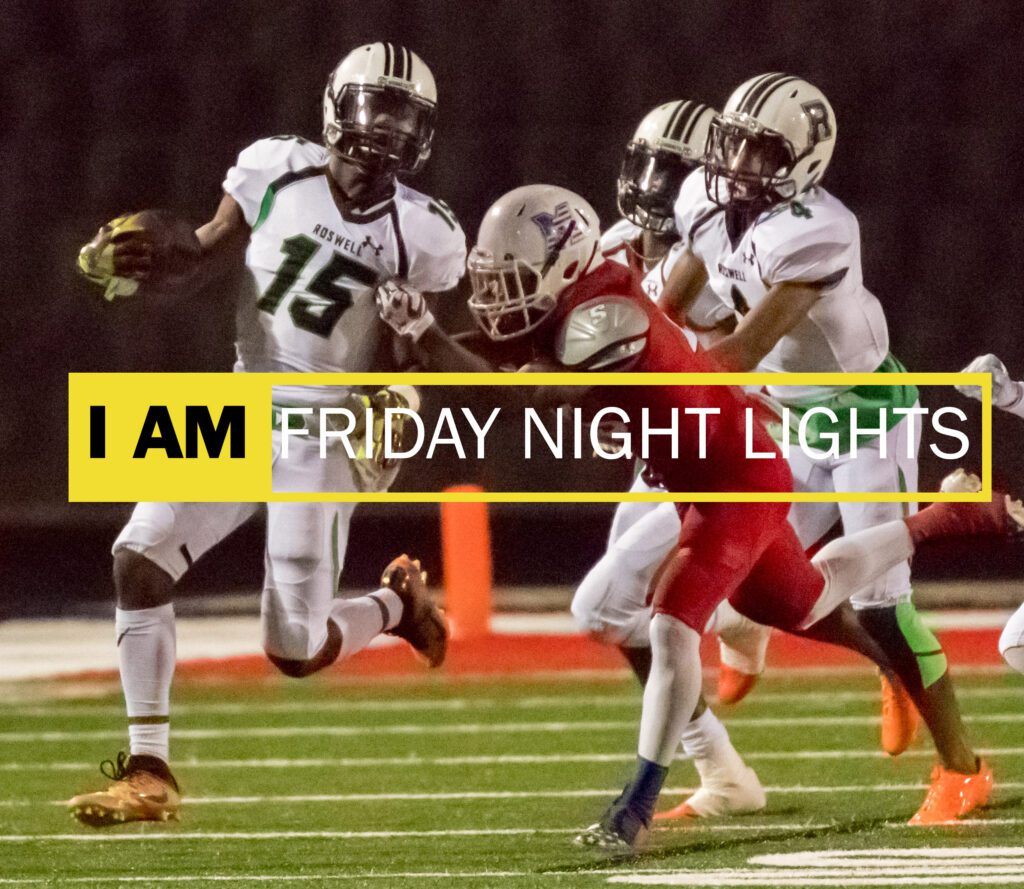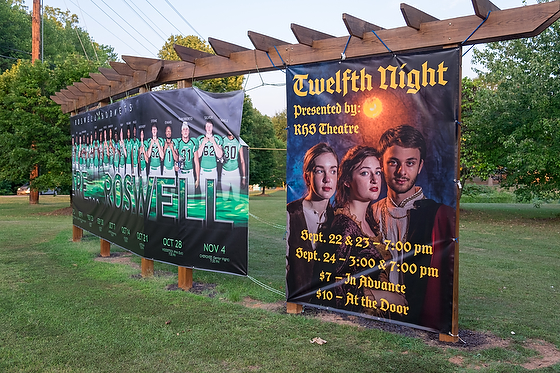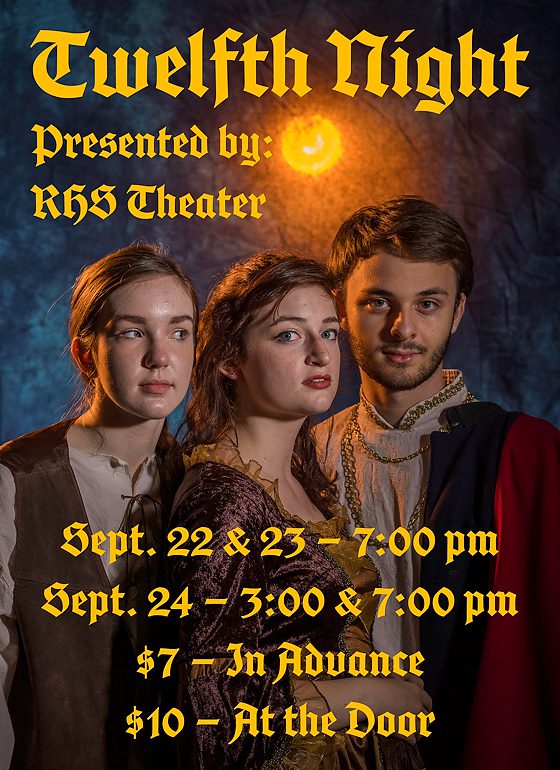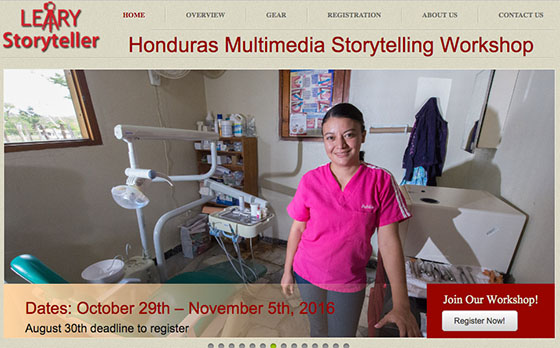Georgia Bulldog’s Freshman Running Back #35 Brian Herrien scored his first collegiate touchdown. In contrast, UNC’s Safety #15 Donnie Miles could not stop him during tonight’s Chick-fil-A Kickoff Game, September 3, 2016, at the Georgia Dome. [Nikon D5, Sigma TC-2001 2x, Sigma 120-300mm ƒ/2.8 DG OS HSM | S, ISO 45600, ƒ/5.6, 1/4000]
In the photo here, I am sharing the touchdown. The image without words communicates. The text adds more meaning. However, how will you measure it in your meetings with your team?
Now I am sitting in a meeting where they look at the analytics of how their audience is responding to their communications work every week. Most of those in the profession are doing something similar. Most use things like Google Analytics to evaluate and measure their communication effectiveness.
Finally, the light bulb came on for me when I realized that everyone was evaluating their work mainly based on our analytics. Well, that isn’t the light bulb moment.
What was the moment realizing that Google Analytics, YouTube, or Vimeo analytics don’t measure still images?
However, we know that research shows that people respond better to visual communications, and specifically, they react first to a still image over all the other forms of communication. We cannot get that feedback through present analytics.
Here is one of the latest research projects about how people view images.
Funded by the National Press Photographers Association, this study follows a long line of research, looking at how people consume news content.
“You can tell which ones are done by people who know what they are doing,” said a 21-year-old male participant, “whether it’s the focus, or the angle or the lighting, being allowed to be up close — all that stuff.”
The sad thing I realized while sitting in that meeting was that this latest NPPA study was not new but had been done in the past in some other way but gave us similar results. The problem I faced in this meeting was that we couldn’t get the same data each week. There is no way to know without using eye-tracking technology to give us then the analytics we so desperately need in this meeting.
Each week we only see what Google analytics is telling us, which is what stories are getting clicked on, and it does not help us know how to engage the audience by use of visuals. Since we can get analytics on video, a high volume of videos is being produced compared to still photos because they can see engagement scores.
If You Can’t Measure It, You Can’t Manage It.
A Forbes magazine article debunks this statement and says, “The important stuff can’t be measured.”
I think communications professionals today suffer the same syndrome as the people in the scriptures of the Bible. They often lack faith because they want something measurable.
Scripture also teaches us that …
Now faith is confidence in what we hope for and assurance about what we do not see.
– Hebrews 11:1
Because we have the research that shows us how people prefer to get the information we need to do what we know works rather than wanting to rely only on that which we can measure each week.
Wells Fargo executives instructed their employees to “Do what it takes to make money,” even if it leads to some fraud.
Taking care of the customer and doing what is right requires one to have faith in something that isn’t always measurable in the short term.
A successful business always serves its customers and makes their lives better. In so doing this, the company will become successful.
The businesses that fail are those who turn the focus from serving their customer to serving themselves over the customers.
The critical thing to take away is that you can’t just look at data from a macro level and think it tells you a story. Digging deeper into your analytics is the only way to see the actual situation, and always want to make decisions with the correct information. Realize that some of the most important things impacting your customer are not always measurable.




